The cost of insuring a vehicle can vary significantly from one car to another. While insurance rates are influenced by numerous factors, understanding why some cars are cheaper to insure than others can help consumers make informed purchasing decisions. Exploring the key elements that impact insurance costs highlights why certain vehicles offer more affordable premiums.
Understanding Insurance Premium Calculations

Risk Assessment by Insurers: Insurance companies meticulously assess risk when determining premiums for different car models. Underwriters evaluate a variety of factors, including the likelihood of accidents, repair costs, and the potential for theft. For instance, a compact car like the Toyota Corolla is often considered low-risk due to its reliable safety record and moderate repair costs, leading to lower insurance rates.
Statistical Data Usage: Insurers rely heavily on statistical data to inform their decisions. Data from historical accident reports, theft occurrences, and safety scores are analyzed to predict future claims. The Honda Accord, for example, is frequently cited in accident data, which may influence higher premiums compared to a car with fewer incidents reported.
Impact of Driver Profile: Beyond the vehicle itself, insurers also consider the driver’s profile. Factors such as age, driving history, and geographic location play crucial roles. A young driver with a clean driving record in a low-risk area may benefit from reduced rates, whereas a driver with a history of claims might face higher premiums regardless of the vehicle’s inherent safety features.
Vehicle Safety Ratings

Importance of Safety Features: Vehicles equipped with advanced safety technologies often enjoy lower insurance premiums. Features such as automatic emergency braking, lane-keeping assistance, and adaptive cruise control can significantly reduce the likelihood of accidents. For instance, the Subaru Outback comes standard with EyeSight Driver Assist Technology, which can lower insurance costs due to its proven effectiveness in enhancing driver safety.
Crash Test Ratings: The National Highway Traffic Safety Administration (NHTSA) and the Insurance Institute for Highway Safety (IIHS) provide crash test ratings that insurers use to gauge a car’s safety. Vehicles like the Volvo XC90, consistently awarded top marks for crashworthiness, often benefit from lower premiums due to their exemplary performance in these tests.
Incentives for Safer Cars: Many insurance companies offer discounts for cars with high safety ratings. These incentives encourage consumers to choose safer vehicles, aligning financial benefits with public safety. Insurers may provide up to a 10% discount on premiums for cars equipped with specific safety features or that have earned top safety ratings from NHTSA or IIHS.
Cost of Repairs and Spare Parts
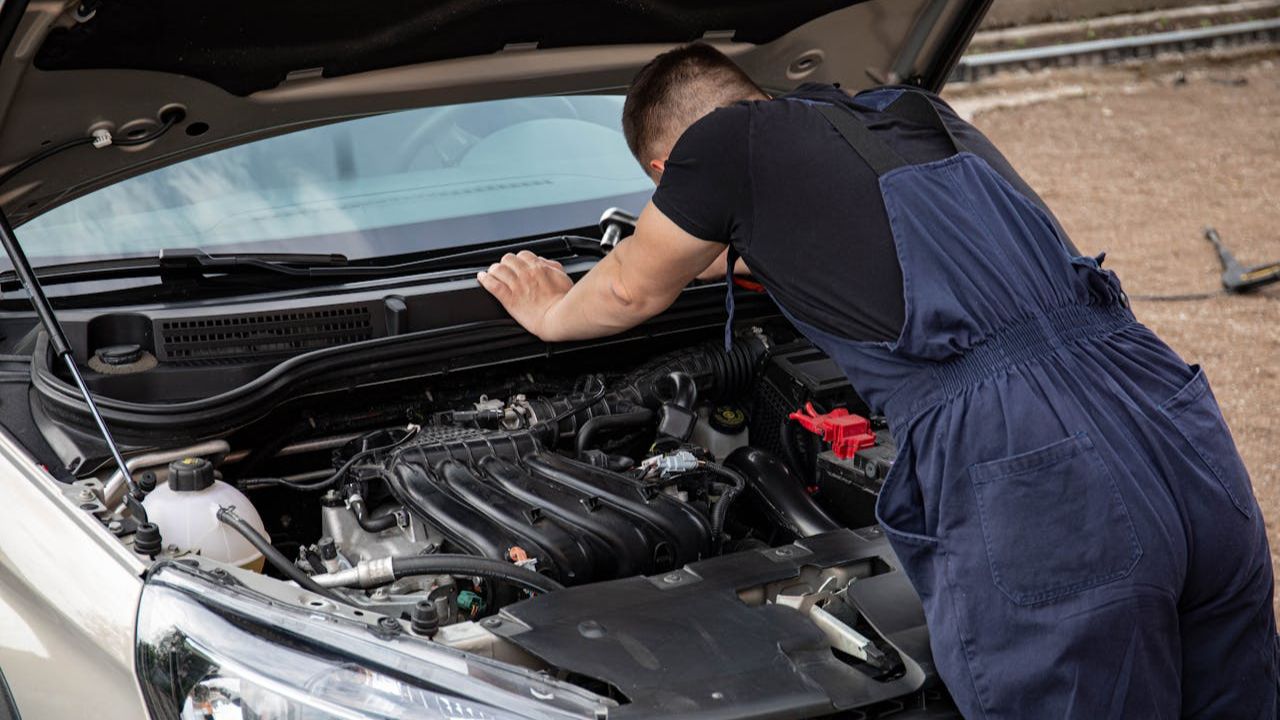
Repair Expenses: The cost to repair a vehicle can dramatically influence insurance premiums. Cars with expensive or complex parts, such as the Audi A8, which often requires specialized service, tend to have higher premiums. Conversely, vehicles like the Honda Civic, known for their affordability and ease of repair, typically see lower insurance costs.
Availability of Spare Parts: The availability of spare parts can also affect insurance rates. If parts for a particular model are rare or expensive, insurers may charge more due to the higher anticipated costs of claims. Common models such as the Ford F-150 benefit from widespread parts availability, which helps keep insurance premiums manageable.
Luxury vs. Economy Models: Luxury vehicles often come with higher insurance costs due to their expensive repair and replacement parts. A Porsche 911, for example, not only costs more to repair but also may require specialized labor, driving up insurance premiums. In contrast, economy models like the Hyundai Elantra generally incur lower premiums because of their cost-effective maintenance and parts.
Theft Rates and Vehicle Security

High-Theft Model Implications: Cars that are frequent targets for theft often have higher insurance premiums. Models like the Dodge Charger have historically been popular among thieves, resulting in increased insurance costs for owners. Insurers pass these anticipated risks onto consumers through higher premiums.
Security Features Influence: Anti-theft devices and tracking systems can play a significant role in reducing insurance costs. Cars equipped with advanced security features, such as the BMW 3 Series with its standard immobilizer and GPS tracking, can lead to discounts on premiums as they lower the risk of theft.
Insurance Discounts for Security: Insurance companies often offer discounts for vehicles equipped with security features. Discounts may range from 5% to 20% depending on the sophistication of the systems installed. For instance, cars with passive disabling devices, like the Chevrolet Malibu, often qualify for reduced rates.
Vehicle Type and Usage

Impact of Vehicle Type: The type of vehicle heavily influences insurance costs. Sedans, like the Toyota Camry, are typically more economical to insure compared to SUVs or sports cars, such as the Ford Mustang. This is due to factors such as repair costs, safety records, and the perceived risk of accidents.
Mileage and Usage Patterns: How often and for what purpose a vehicle is used can affect insurance premiums. Cars driven primarily for personal use may incur lower costs compared to those used for business purposes, which are on the road more frequently. Low-mileage drivers might benefit from discounts, as less time on the road generally equates to a lower risk of accidents.
Impact of Modifications: Aftermarket modifications can either increase or decrease insurance premiums. Performance enhancements, like engine upgrades, often lead to higher rates due to increased risk. On the other hand, functional modifications, such as adding a rear-view camera, may qualify for discounts by improving safety.
Like Fast Lane Only’s content? Be sure to follow us.
Here’s more from us:
*Created with AI assistance and editor review.


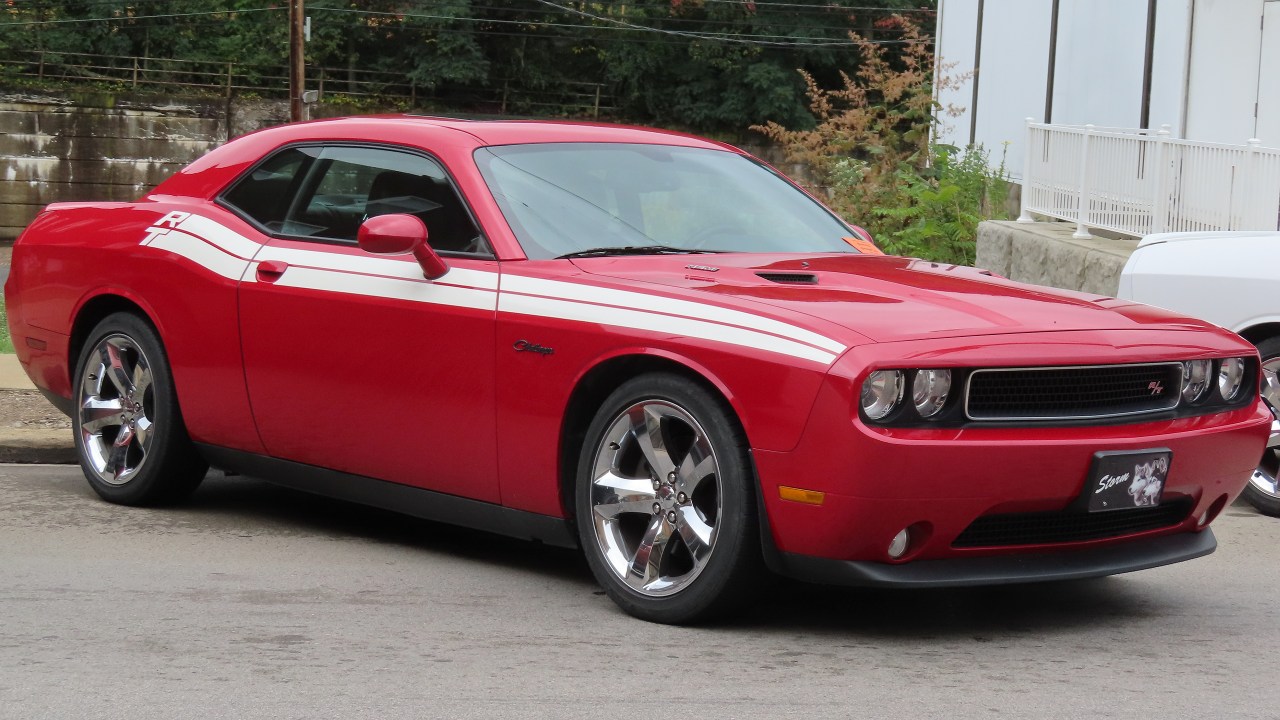
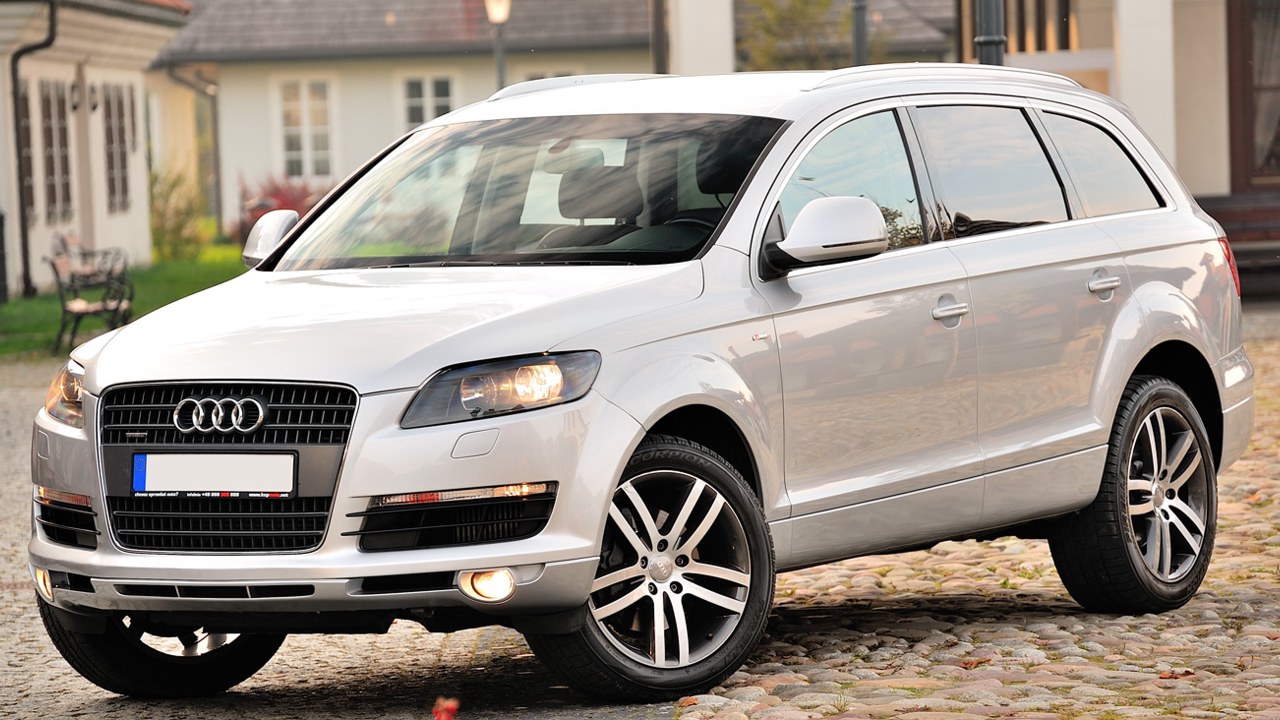
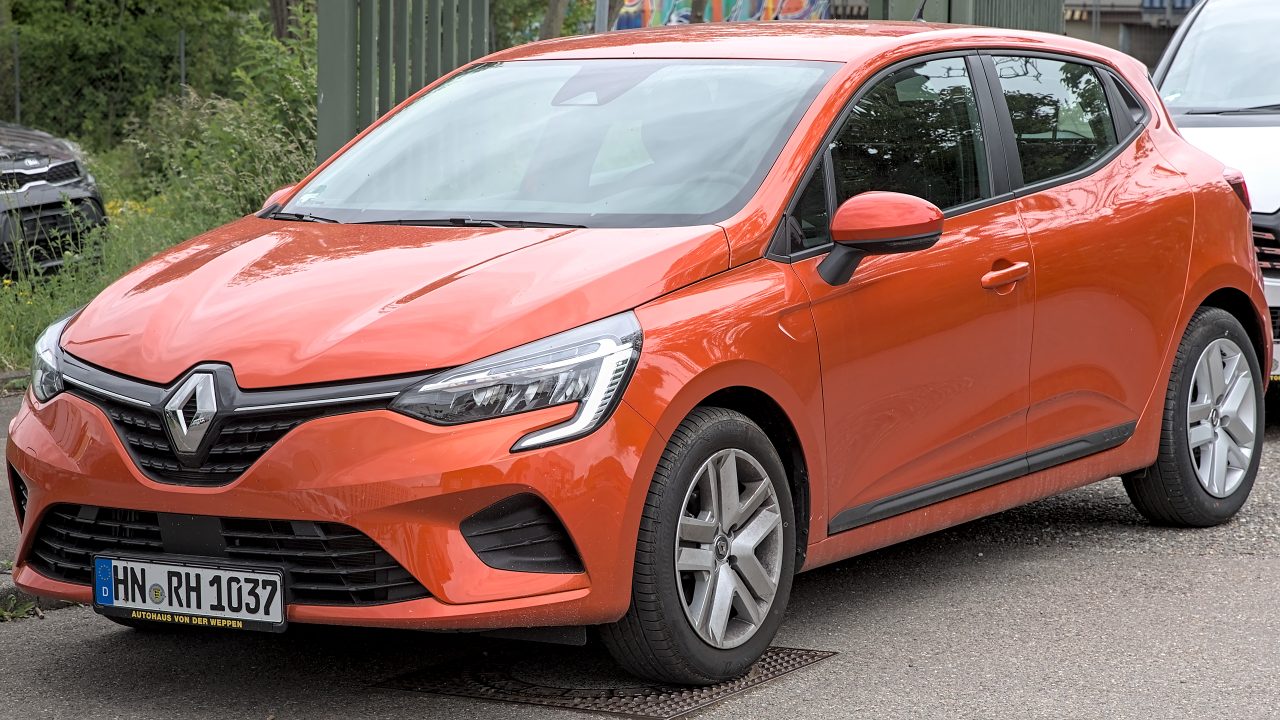

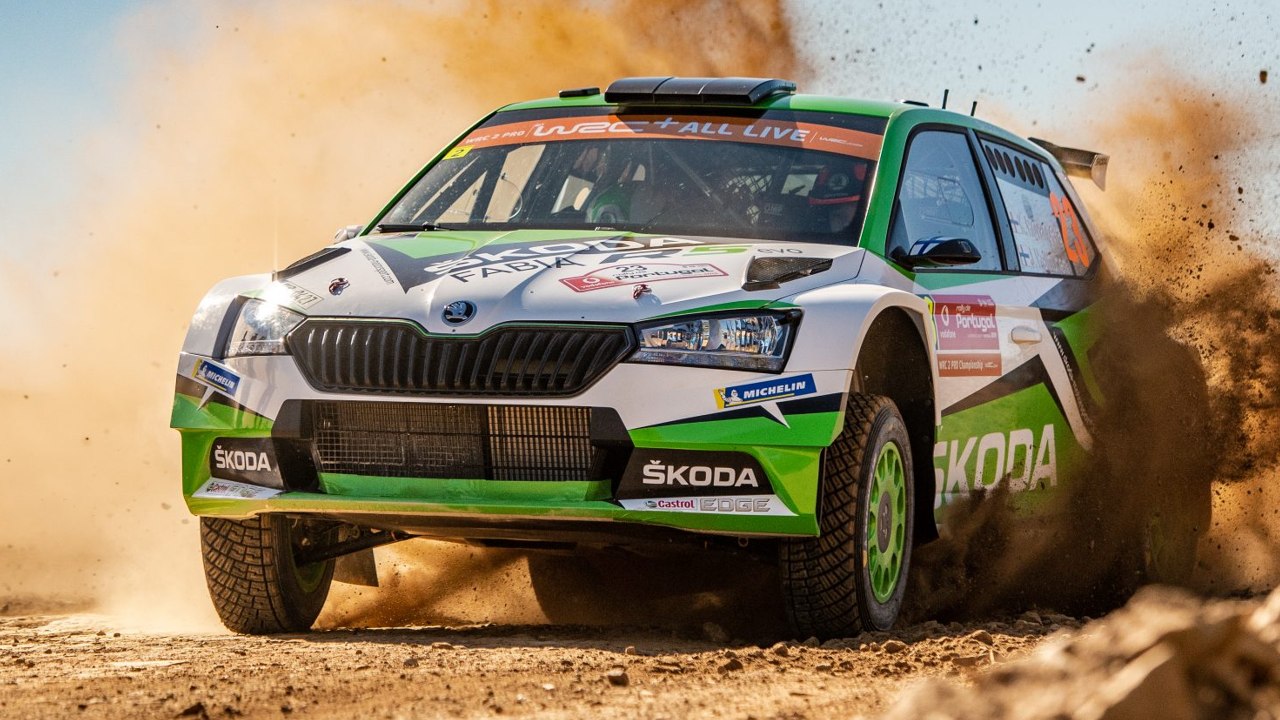
Leave a Reply